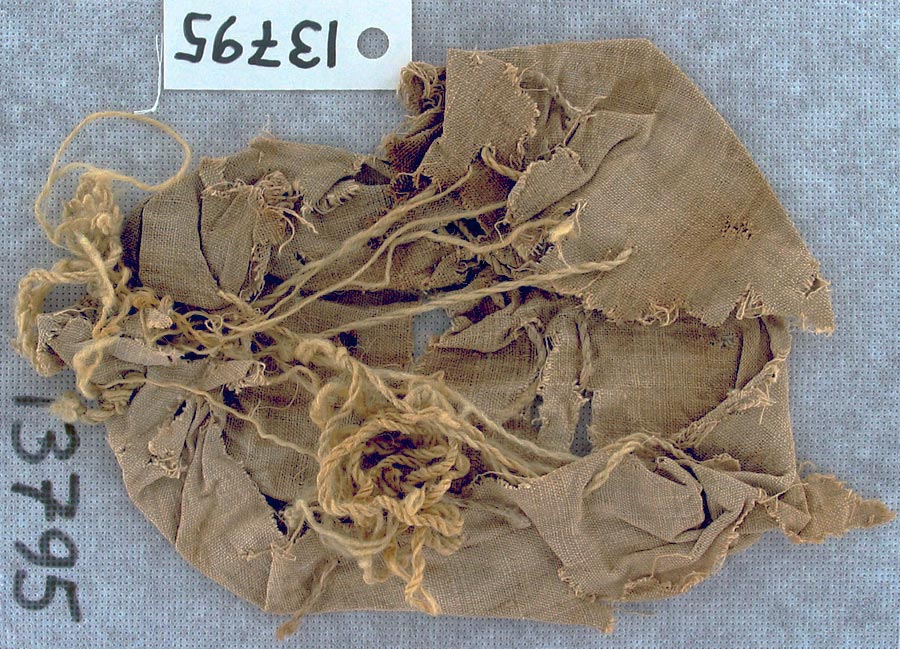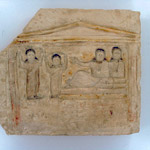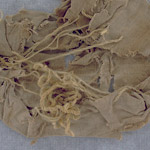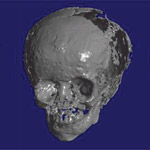Excavations at Karanis

WHEN: ABOUT 2,000 YEARS AGO. Most of the objects in this exhibition are from around 100 BC – AD 400.
WHERE: EGYPT UNDER ROMAN RULE, NORTH AFRICA. Most of the objects in this exhibition are from a town in central Egypt called Karanis.
HOW: THE UNIVERSITY OF MICHIGAN EXCAVATED KARANIS between 1924 and 1935, and the Egyptian government allowed the Michigan team to bring much of what they found back to Ann Arbor for study and exhibition.
KARANIS was founded around 250 BC and became especially prominent after 30 BC, when the Romans took control of Egypt. The diverse population of Karanis, including Egyptians, descendants of Greek settlers, and retired Roman military veterans, were mostly involved with farming the rich agricultural land nearby. The inhabitants of Karanis left behind thousands of artifacts and documents that show much about daily life in a Roman province in North Africa.
Photo from the archive









